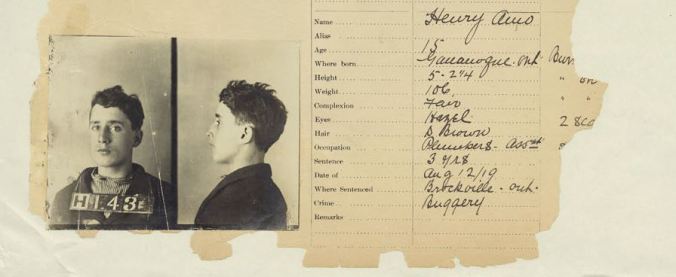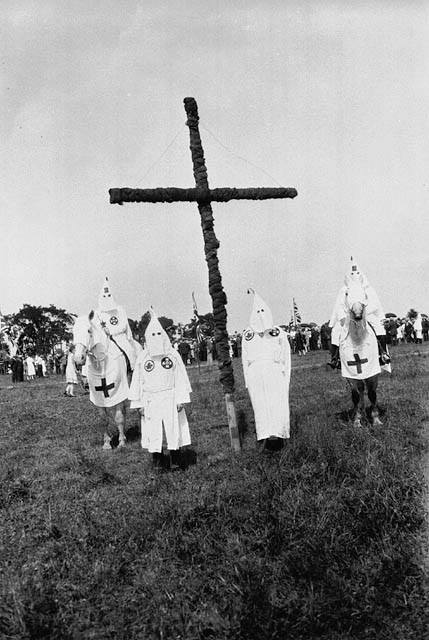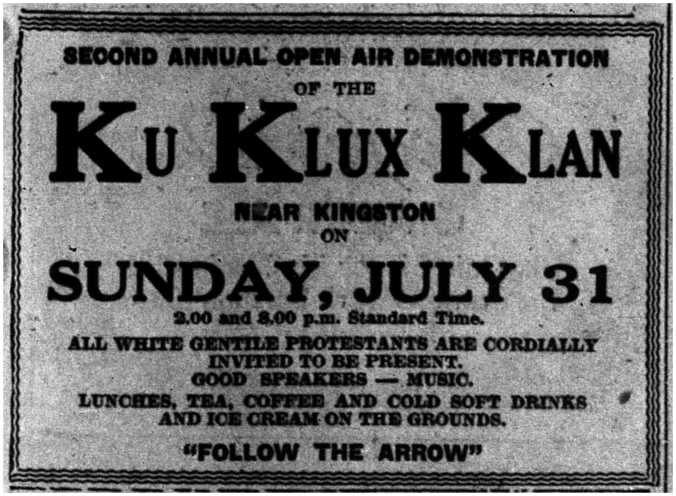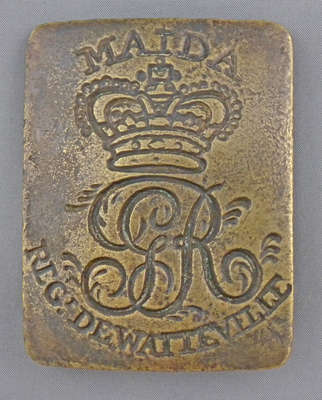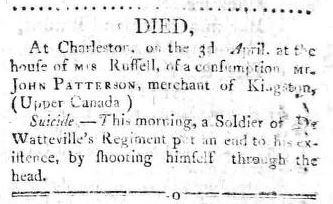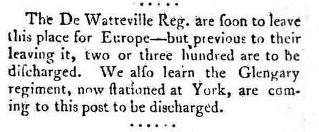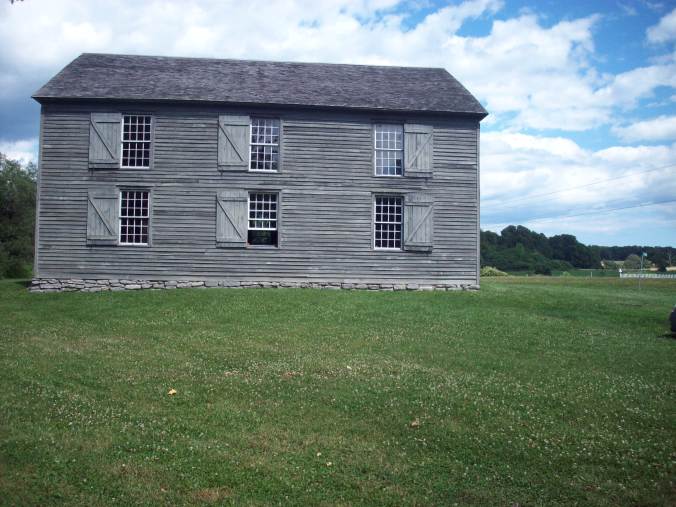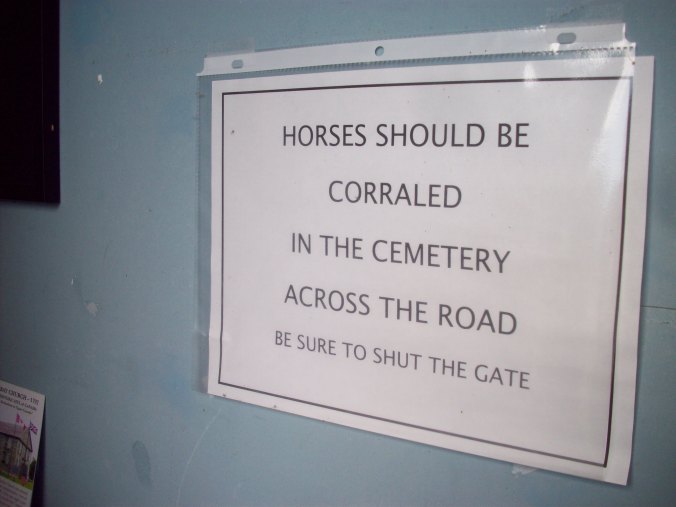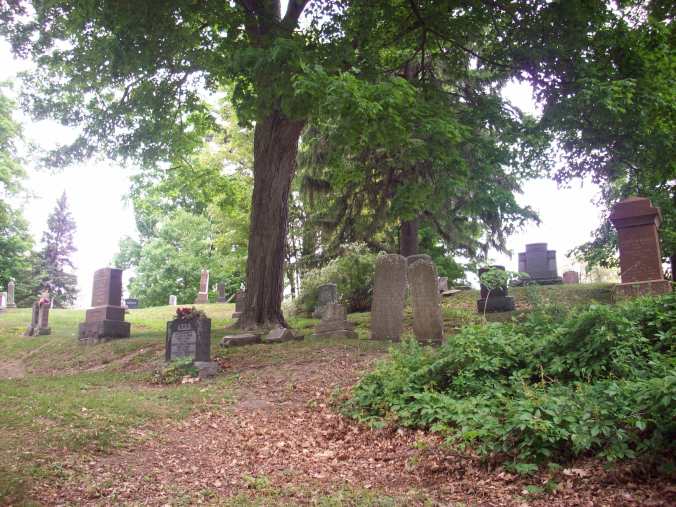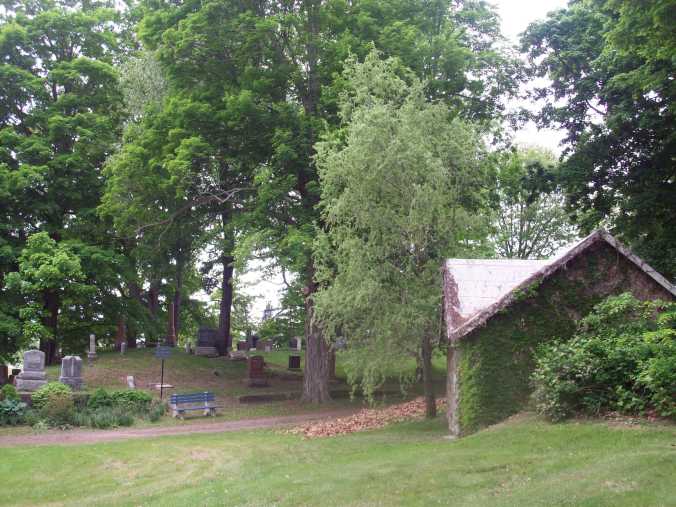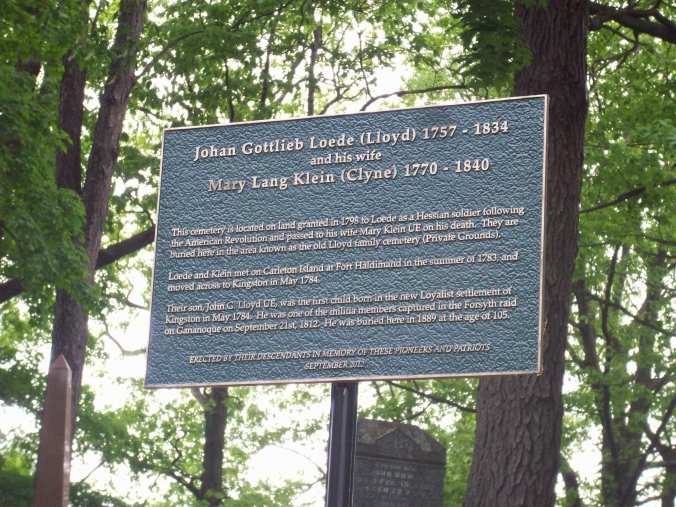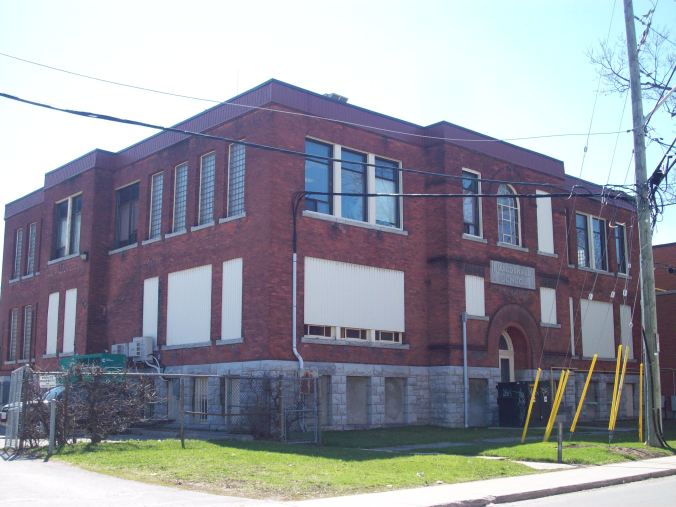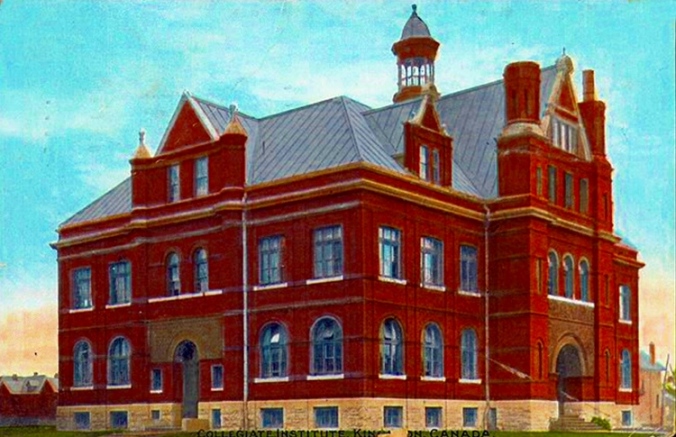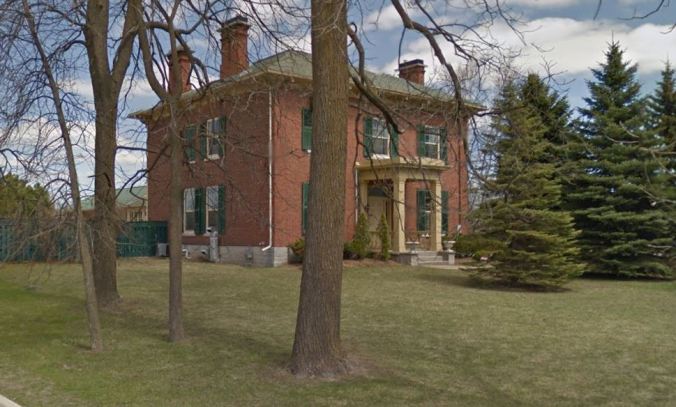
Pleasant View. April 2014 image from Google Streetview.
Here is a cute bit of Kingston ephemera from about 1919. I first learned about it while looking through the book Cataraqui Village and subsequently found it on archive.org. (It’s occurred to me that archive.org has a name, Internet Archive, and yet I always refer to it by its URL. Oh well.)
This house, at 2312 Princess Street, is unmistakable and hard to miss, being as it is surrounded by stores such as Rona and FreshCo in a busy suburban area of Kingston. Set back far from the road, it is a reminder of the surprisingly not-so-distant days when this area was a separate rural town called Cataraqui Village (or sometimes Waterloo Village). Built between 1865 and 1869, the house was constructed by Lewis Johnson Day, who literally built his house with bricks from his own brickyard.
After living there for thirty years, Day sold the house in 1899 to a man called Robert A. Marrison, who wrote and privately published the short book The Winter Bird’s Paradise at Pleasant View (1919). He named the house “Pleasant View,” probably because the house sits on a ridge of land (the view from which is somewhat obstructed today), but the name stuck around at least while Pleasant View Greenhouses was at that location. Interestingly, it was Marrison who began the house’s association with gardening, as he opened an orchard and market garden as well as beehives on the property. He was also a great animal lover, as his book attests.
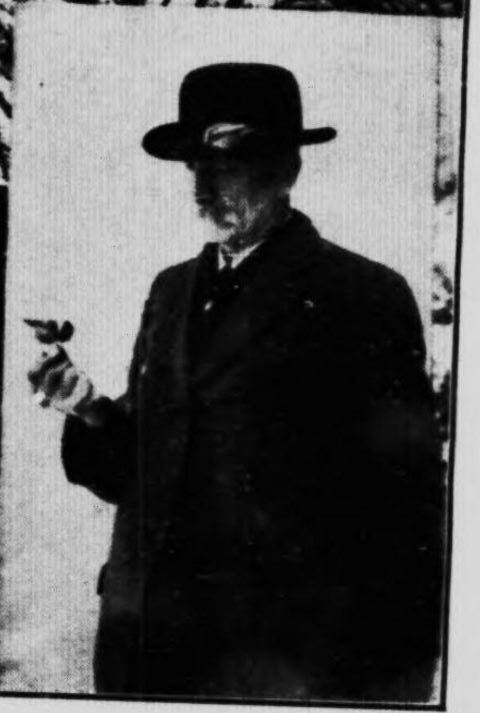
Grainy photo of Marrison and what appears to be a chickadee friend from his book.
Okay, so this is not really a book you’re going to read for its entertainment value. But it’s pretty cute to look through; Marrison seems to have been a nice man who really loved animals and had a wide assortment of pets throughout his life:
Now I shall tell you what great pets my little feathered friends are. But before I begin I should like to say that I have always given names to all the pets I have ever kept, except snakes and mud-turtles. These never seemed to know when I talked to them.
Birds were his favourites. At one point Marrison had four pet cats, but by the time he wrote his book there was just one left, Pete. When he discovered Pete was wreaking carnage among his birds, and in particular caused the demise of a chickadee called Dell, he had Pete shipped off to the local baker:
He promised to show great kindness to Pete, and to put him in the store-room, where he kept his flour, and where rats and mice abounded. But I shall never keep a cat again so long as there are birds around my home, that I swear!
I don’t really blame him. When my cat, who mysteriously disappeared in 2014, was young, she liked to eat or otherwise destroy goldfinches’ heads and leave the bodies lying around the yard. Also victimized were mice, insects, chipmunks, cute baby bunnies, and once she tried to attack a dog. Cats left to their own devices are vicious marauders. But I digress.
Marrison fed nuthatches, woodpeckers, and chickadees, and gave them all names and described their personalities. He had a particular love of chickadees, and enjoyed their simple song (which you can listen to here if you don’t know it, click “Typical Song”), of which he said, “to me its notes are as sweet as any strain sounded by living creatures, or on any musical instrument.” He was devastated when his chickadee Nell, who he supposed was blind, died after flying one too many times into the glass feeder.
He found his nuthatches, which he called “Grandma and Grandpa Nuthatch” fascinating as well, and documented how Grandpa mourned his mate when she got sick and died (just three days after Nell). Marrison put her in a box and placed it near the feeder. He then waited until Grandpa returned to find her and hid nearby with a camera, taking two photographs which are included in the book (I’d put one here but the scan quality is really bad).
The book ends rather abruptly and was only distributed to family and friends. The archive.org edition, which you can find at the end of this post, has an inscription that reads, “to St. Andrews Sunday School with best wishes from R.A. Marrison.” Robert Marrison died in 1924 in Florida. His son, who was given the unfortunate name Guthbert, was a popular photographer in downtown Kingston.
What is the point of reading ephemera like this? Personally, I enjoy it as a slice of historical everyday life and an example of the kind of hobbies practiced by people a century ago – what people did before the internet, you might say. It also “peoples” the house at 2312 Princess, which often just looks kind of empty and alone sitting there amongst the big box stores. I have no idea if it’s currently occupied; last time it was in the news was six years ago when its owner was fighting a heritage designation. It’s a beautiful house, and I like that having read this little book, I can better imagine what winters of 100 years ago were like in this part of Kingston, then just a hamlet on the far outskirts of town.
Sources
The Winter Bird’s Paradise at Pleasant View (archive.org link).
Schliessman, Paul. “Owner to fight city plan to have house designated heritage site.” Kingston Whig Standard, 13 January 2010.
Smithson, Gordon D. Cataraqui Village: An Illustrated History of Cataraqui, Ontario. Amherstview, ON: published by the author, 2003.
